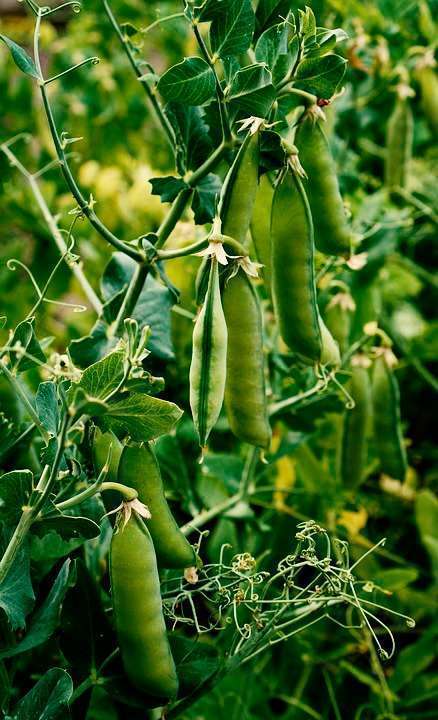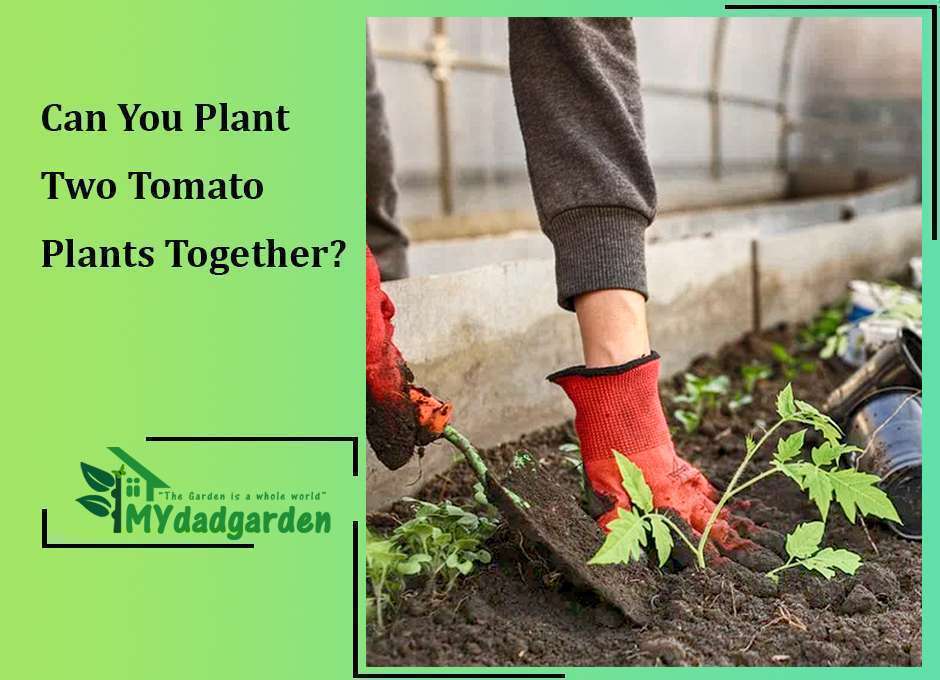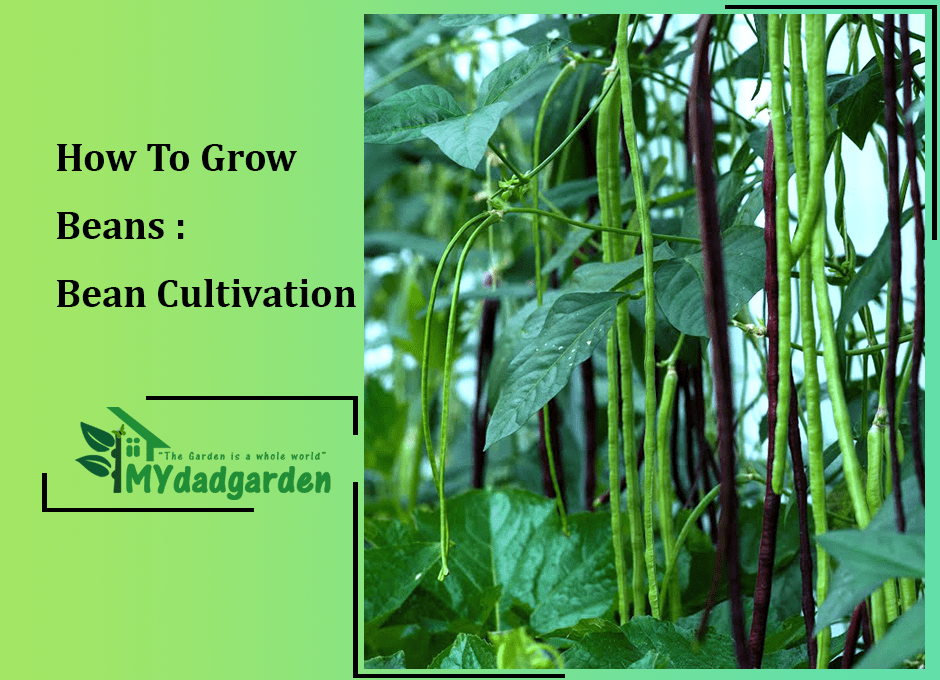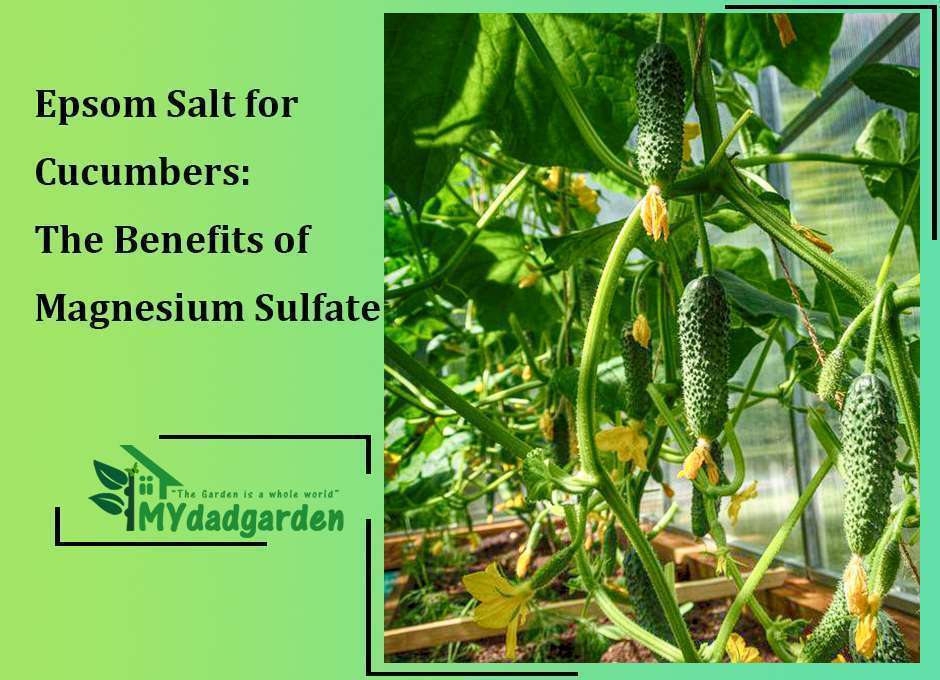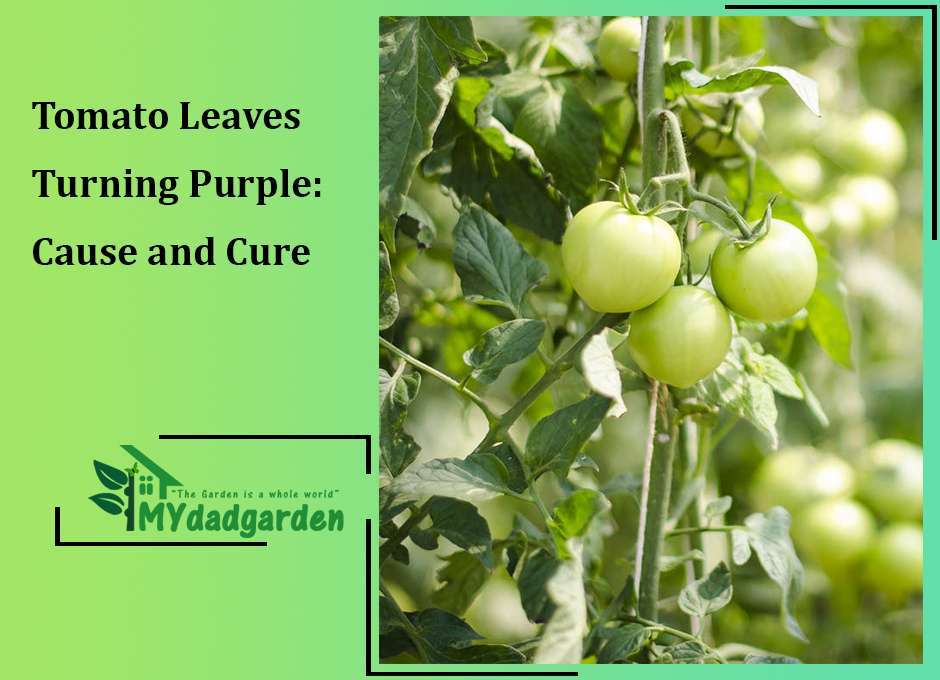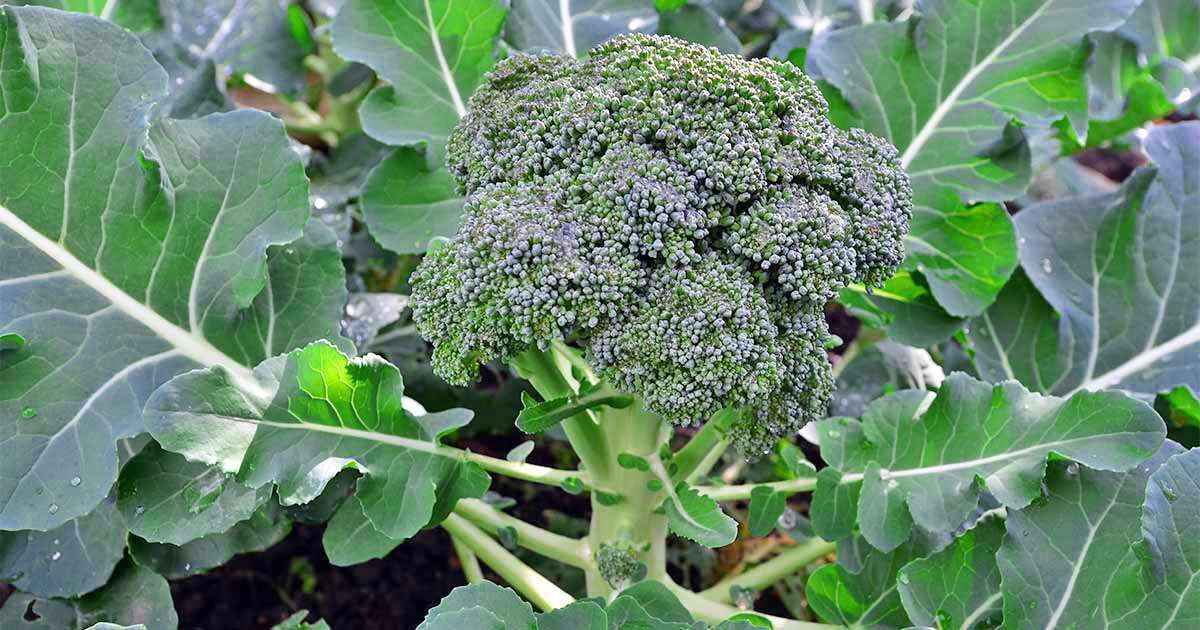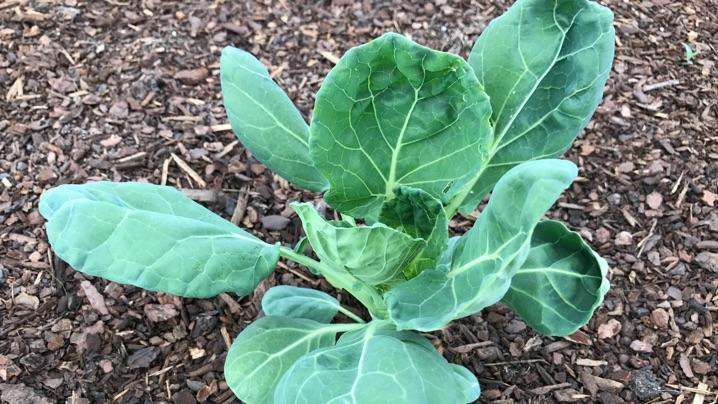Pea Cultivation : How to grow peas
Known as Pea is considered one of the ideal crops for most home gardens in the dry zone. They provide high amounts of vitamins and Protein for reasonable efforts.
Although the demand is less than their cereals and grains, people have deep connections with this crop because of its nutritional value. Scientifically identified as Pisum Sativum, Pea has other aliases such as garden pea, field pea, spring pea, English pea, common Pea, green Pea, and Australian peas like varieties.
The edible part is usually their seeds, which can be used to create several food items. The value addition has also become more popular at present than in the past.
Pea beverages are also one of the treatments for diseases recommended by the medical officers. When it comes to green peas, they are being harvested before maturity. Green peas are popular among the younger generation because of the milky and sweet taste it has.
Pulses have been the trending topic over the last few years. Although it is not hard to cultivate even in the arid areas, the consumption of vibrations has been a common thing worldwide.
If you are a person with the necessary climatic requirements, having a continuous sun hour all day, you will cultivate this impressive crop in your field. Even though you have limited space, that will not be a thing you need to worry about because all you need to acquire is just a small space in the home garden and plenty of desire to set up this amazingly healthy crop.
In this article, you will be able to improve your knowledge about health benefits, cultivating requirements, and other necessary and relevant facts about Peas.
Table of Contents
Soil Type
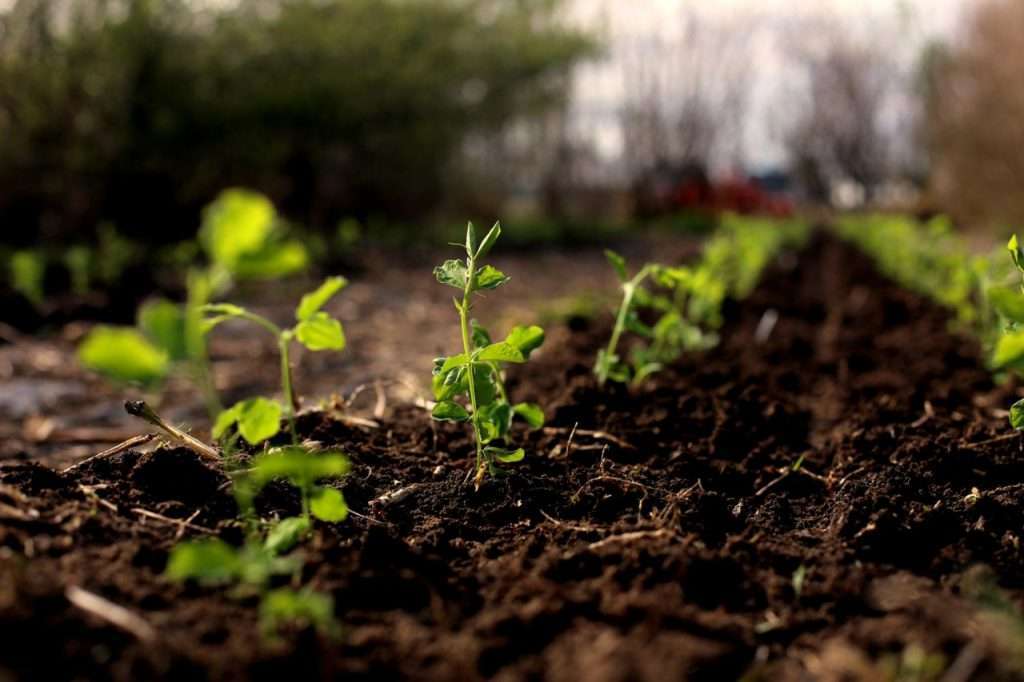
Usually, peas can be cultivated in any soil. Whatever the ground you have can be used for your healthy peas plantation. The soil types range from sandy loam to clay, which is most common in the United States.
The most common soil types can be named as fertile, light-textured, and well-drained soils. Although moisture is one of the most significant factors for the grains, Peas don’t need to contain as much water as they have. Also, the most important thing is the salinity and the acidity of the soil.
Even if you have a saline soil type, peas have extraordinary abilities to adapt to those conditions. What they don’t like to have as the medium is having after logging conditions.
They get affected by so many diseases and pests under those circumstances. It is said that they can’t withstand waterlogging conditions for more than 24-48 hours.
Water drainage is needed to be maintained in the highest quality when it comes to the soil. Although it is clay soil, you can easily make them drained by adding a few things. Organic material is considered as the best thing for improving the drainage.
Seedbed Preparation
It is essential to prepare a seedbed when preparing the seeds t have uniform cultivation. Also, it is an excellent way to introduce seedlings to the field. A fine seedbed is needed for peas.
It as to be prepared with finely worked soil. Because the seeds are relatively small when compared to the other grains.
Few other things get more reliable when preparing a seedbed such as the ability to take good care, have uniformity in the field, and provide necessary management practices pretty quickly. After seeding, a packed can be used to make the soil smoother. The density is needed to be maintained as 15 to 20 plants per square ft.
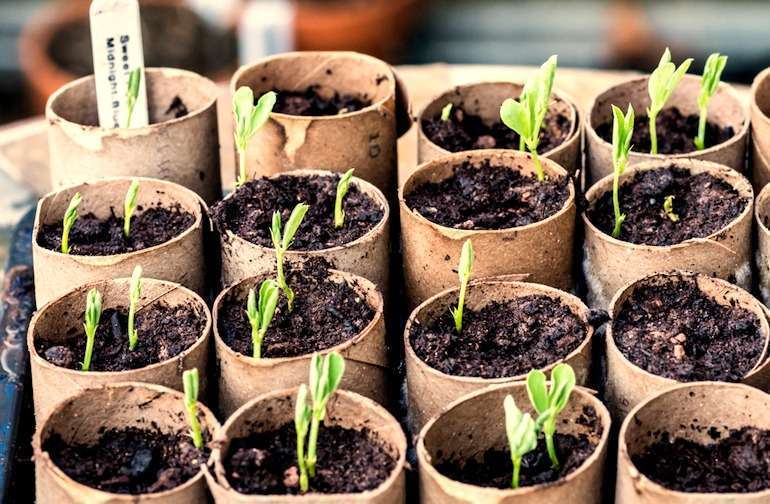
Varieties
There are several Pea varieties in the world. Although there are two recognized classes for peas, you will find them in different natural and newly introduced types.
As pulses are more common grains globally, you will be able to make any changes to the selected type. Also, some of the world-class companies are improving the quality and quantity through these newly introduced varieties.
For example, green peas are available in different sizes and shapes in the present situation. “split peas” is such a variety that has been introduced with other changes. The taste, flavor, size, and color is being changed at present by different authorities.
When it comes to your area, you will find some varieties that bear other characteristics in favor of you. The US Department of Agriculture has been able to introduce some types capable of resisting some pests and diseases. The purpose of the “split peas” is mainly dedicated to consuming in greenish form.
“Canada field peas.” It is also such a famous variety that has become more popular in the region. The most important thing about this variety is its high yield. You will be able to use “Canada field peas.” For your home garden as well.
When it comes to huge fields, some varieties have been able to get the attention of farmers. Those varieties bear different levels of sugar, which make sweet or sweeter than the other. Therefore, farmers are not making massive changes through the types.
However, the wrinkled seeds are one of the significant facts the farmers care about. It will be easy if they get wrinkled seeds for their smooth field practices. As the roots are the primary concern, they look for the best ways to extract the seeds.
The wrinkled varieties usually produce white flowers that are easy to identify. If the flowers are in other colors such as purple and blue, you will have a yield in a different variety for sure.
The most important thing when selecting the combination goes to the climate you have in the area. The more the climatic factors favor the cultivation, the more you will get to try different varieties.
Land Preparation
As the peas are large seeds with a soft outer cover, you will have to plow the land. It is not essential to break the soil into the tiniest parts, but you need to remember that the earth has to be free from the weeds.
After the land preparation, you will get plenty of time to control the weeds. If the land is already full of weeds, you will have to use a weedicide to eliminate the unnecessary material from your field.
When it comes to a home garden, you will have plenty of methods to get your cultivation’s best texture. If you have clay soil in the field, it will be better if you can turn the ground at least once.
It is better to early sowing following the spring. Spring is the best time of the year to place the seeds in the field. Then after only, you will get the most appropriate conditions for your cultivation.
The most important thing to remember is to expose the stiff soil. If you don’t have a stiffer soil to be exposed, you will have nothing to worry about.
However, stiffens of the earth are favored by the pulses for their stable growth as well. Pulses themselves find the hard soil as an excellent way to pass the hard times in the winter and the post-winter period.
If you are not having any of the tools or equipment to introduce a good soil texture, you will be able to introduce the organic matter to the field, which assists your seeds to have a good grip. Organic matter will improve the drainage in the area as well.
Other than that, you can apply mulches on the field as well. They removed weeds will be a better thing as a mulch that could retain the moisture.
Moisture will be the nest most important thing other than the soil. It is essential to maintain the moisture level since the very beginning of the Pea crop.

Seed Rate
The seed rate may differ according to the type of variety. Usually, there will be 1,600 to 5,000 seeds per pound. Usually, the Peas need to maintain a spacing of 6 to 12 inches between rows.
When it comes to your home garden, you will have to use the relative measure when competing with space. Seeding depth has to be maintained at 2 inches per seed as well.
Rhizobium Inoculation
As the peas belong to the pulses, they have a fantastic skill to fix the atmospheric Nitrogen into their root nodes. What they do is to build up a relationship with the soil bacteria to gain this ability.
It belongs to a symbiotic relationship with Rhizobium bacteria, which live in the soil. When it comes to the Nitrogen necessity for the plants’ functioning, that is provided by these bacteria in the root system.
The most important thing is to remember that the batteries should have the necessary conditions to build a symbiotic relationship with the plants.
The dry seasons and the hot climatic and weather conditions are incredibly detrimental for plants in their reproductive stages. It is said that an excellent symbiotic relationship with Rhizobium bacteria will let the plants have 80% of the required nutrients.
The relevant inoculum for the peas is known as Rhizobium leguminosarum biovar viciae. It is vital to follow the procedure as it is. Unless the owners will get adverse results from the Bacterial Inoculation, it has been reported that the damaged seed cots and reduced yield have resulted due to the improper practices.
The bacteria are living organisms. Therefore it is necessary to keep the seed coat protected when practicing the application. Also, proper handling and storage are more critical when dealing with these bacteria.
It is vital to introduce the plants to the field for having a good injection. Then only the Rhizobium bacteria will get into the business. One of the things most of the farmers forget is applying a different inoculum to the field.
For example, there are different types of inoculum to be introduced to the pulses. If a person presents the inoculum related to soya bean to the Peas, he will not get the expected results for sure.
Also, it is necessary to get the inoculum in the best form as well. The inoculum is available in dry peat, liquid, and granular forms. You need to have an understanding of the best way to apply it to the field.
For example, you will need to introduce it in the granule form for an area where the moisture level is slightly higher. When the inoculum is presented to a home garden, the owner will get some other advantages.
Improving the soil condition, good drainage, improving soil fertility, and the high yield will benefit from the bacterial inculcation.
After a successful injection, bacteria will be on the roots of the plants. It will not take more than four weeks maximum t to observe them. The nodules will be available to your naked eyes.
They will have built up their densities on the roots and the sub roots of the plants. You will have to take care when removing the small plants as the damages may cause severe retardations in the growing process.
Fertilization
Usually, pulses have the ability t fix the atmospheric Nitrogen. Therefore you need to provide other necessary elements to these crops.
If you have an idea of the fertility level of the soil, you will be able to apply ground at the required level. If you don’t have a clear vision, a soil test will let you know the necessary elements for your field.
Also, the soil has to be enriched with organic matter like the earlier mentioned. Peas belong to the house family that requires the least amounts of fertilizers to get a high yield.
Even if you don’t have enough fertilization, they will provide the yield in the required composition.
The next thing you can use instead of fertilizer is the Weeds removed from the pea field. They will let the Pea plants have the necessary elements as well.
It is vital to make sure that the weeds’ pollens are not falling around the plants as the weeds can grow as the next generation around pea plants.
Some growers are following their methods to have a good yield. Thinking that the taproot will reach the bottom, growers apply the fertilizers into the field in the first activity, the plowing.
Although it is a belief, the scientific explanation falls on the benefit of that. Because a taproot is always looking for nutrition and water, when it senses nutrients, the root will go deeper into the loosened soil. What both grower and the plant get is stable cultivation in the end.
Wed Control
When compared to other members of the family, Pea is a weak competitor against the weeds. When it comes to the vast fields, you will go for other methods as the Pea cannot stand alone for a high yield.
It is essential to conduct weeding at the very first of the planting. Either hand weeding or mechanical weeding has to be undertaken as per the size of the field.
The most important thing about the wedding is remembering the maximum number of plants per square foot.
For example, if there are more than 05 weed plants within one square ft, you will have to go for a high controlling measure.
As Pea is a crop that can stand against severe dry conditions, you will have to maintain the premises from similar plants that can tolerate similar conditions.
There are even perennial weeds that have got well-enhanced productive and reproductive methods. Both perennial and annual weeds can be seen at the beginning of the season.
If you control them, you will not be able to see a second generation. Lambs quarters, Kochia, volunteer grain, wild mustard, and wild oat are considered the weeds that can emerge as the secondary weed generation.
If you are having enough trouble with the extended weed densities, you will have to use a proper herbicide. It is essential to note that you must use an approved weedicide in the area.
If you have a pea crop in your home garden, you will not have to control them with the machines or the herbicides. Paying an hour or two for a 250sqaure feet crop will be quite sufficient.
When you apply the weeds as a mulch, it is necessary to prevent the fall of the pollens in the field because those things can make you enough trouble.
Diseases
It is a thing you need to do with the crop rotation. Whenever you are going to cultivate a crop in the field, you need to face the diseases.
The most convenient thing to get rid of the diseases is crop rotation. When it comes to Pea, you need to maintain four cropping years for a particular crop.
Those crops need to represent four different crops from four families as well. After a successful crop rotation, you will be able to have a filed almost free from inherited diseases. If there is enough soil moisture, three cropping year rotation plan will be quite enough.
The root rot pathogens are the deadliest creatures to these plants in the spreading of diseases. Also, you will not get enough time to react after the infestation is made.
Because uprooting and observation are not a thing you can do. Here are a few common diseases that can be observed in Pea. The precautions and the control measures related to the chemicals will be slightly different from your area as per the government regulations and the rules.
Blight
There are two types of Blights that can be observed on Pea. The most common Blight infested by Aschochyta (Mycosphaerella) blight is fungal, and the other one is caused by bacteria.
The Blight develops on several parts o the plants; leaves, petioles, and pods are the highly susceptible parts of Pea. The brownish spots on these parts must be a thing related to the Blight. Also, oval lesions with concentric rings are some of the symptoms of the disease.
These lesions can cause discolored or damaged seeds, which may reduce the value for your Pea harvest. If you are having these kinds of diseases at your home garden, you will face enough trouble with your family members/ rejections. Fungicides are the recommended measure to control the fungal Blight while the bacterial Blight requires several chemicals used for bacteria.
The time of the application varies according to the phase of the cultivation. However, it essential to use a recommended chemical that may not harm the inoculated bacteria in the field.
Root Rot
It is considered as one of the severest diseases for Pea. The rot roots will imply the loss of your harvest in large quantities as the final outcome would be the death of the plants.
It is a common condition with the wet weather as well. Whenever there is rain, you will have to expect the conditions favor for this fungus. The infected regions will spread up to the other parts of the plants by the rain.
The spores will become larger and larger until the growth and the pod filling ends. The fungal will form blackish-purple lesions on the stem and the base of the plant.
They will restrict the flow of nutrition to the plant as well. Also, there will be sunken and less filed seeds on the plants.
There are several methods that you can control the fungus. The most important thing is to note that they can survive in the field for up to years. It is important to turn the soil when these threats are available in the field. Other than the fungicides, well-drained soils, and avoid compacted soil when cultivating are few of the things you can do.
Stem Rot
Scientifically known as Sclerotinia stem rot, is a fungal disease. It can be easily identified as a small growth of whitish color substances on the dying leaves. Also, the fungal love growing on the dead parts of the plants as well.
Then the fungal move into the stem and stop all kinds of the growing process. The pod filing will stop if the fungal enter into the stem at the same time.
Premature of the plant will be the final outcome of the plants in the growing phase. As the ultimate result, the stem rotting will take place. It has been found that long-vine varieties are more susceptible to this disease as the long canopy allows the funaglas to get in touch with the soil.
Even if you have few plants at the home garden, you may provide support to your plants to avoid this disease.
There are some varieties with the leafless form that can face to the Stem rot disease successfully. Also, mixed cropping with plants that have broad leaves is a recommended practice against Stem rot.
Powdery Mildew
It is a disease that can reduce your harvest in large quantities as well. Whenever there are the usual and iconic whitish substances like powdery on the plat, you need to read it as a warning.
Because the more you take time to take action, the more you will have to pay from the harvest. Most importantly, the dry weather and the windy weather are the most favorable factors for having friendly factors for powdery mildew as well.
This disease affects in Pea in different ways. You will get Peas with less filled that may cause seed yield, seed weight, and seed size.
Although there are many ways you can avoid this method, it will be so convenient if you use a fungicide. When it comes to home gardening, you will be able to wipe them out with a homemade fungicide as well.
Insects
Compared to the diseases, these plants have got fewer threats from the pests. But, it will be better if you remember that pests and diseases have a common understanding when doing the damage.
As a primary thereat, pests make the approach, and the diseases will take place in the secondary infection. Here are a few pests that harm your crop.
Pea Aphids
There are many species in the Aphids family, and the Pea Aphid is the one who has associated with the Pea crop.
It is similar to the other aphids despite its longevity. It is available in light green to green colors over the world.
They have piercing and sucking mouthparts that are used to suck the sap from the plants. Also, they have got several generations per year due to the shorter life cycle.
Sucking the sap is not the only harm they do but transmitting the diseases as well. The pea seed-borne mosaic virus (PSbMV) is one of the deadliest things they carry.
You may control them using a proper pesticide. But, it is essential to remember that you must not use several pesticides for these creatures because of their high adaptability
Ladybug
It is one of the potential threats to your cultivation. It injects a toxin into the plant tissues, which may lead to a secondary infection. Faster the infestation, you will have the pods filled with shriveled and deformed seeds.
Also, there will be some spots on the grains. High moisture conditions are favoring these pests to increase their numbers. It will be better if the pesticide application is conducted during bloom.
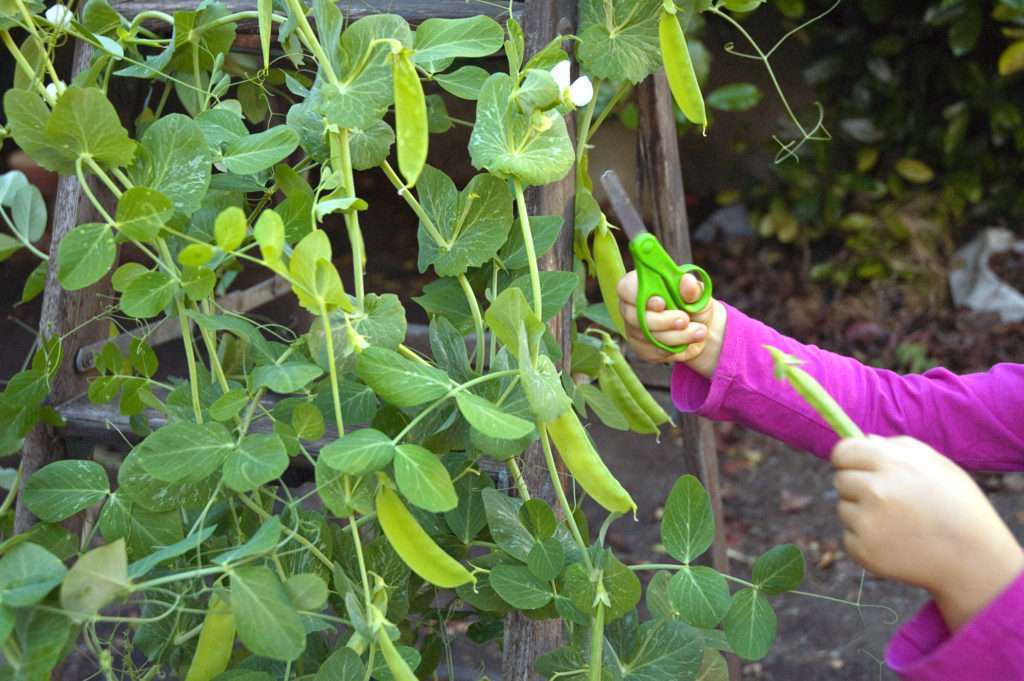
Harvest
It is the final stage of your efforts. You can either use a machine or your hands to get the outcome. The most important thing when harvesting is to remember that you need to maintain the quality of the peas to have a high value to your production.
Although it is just your family, they will appreciate pleasant food from their home garden. Also, you need to harvest at the ideal time.
Usually, the pod filling will come to an end by the end of the 2nd month. That time will vary according to the variety you have used.
Sources :
- https://www.sciencedirect.com/book/9780407009226/the-pea-crop
- How to Grow Beans and Peas: Planting and Growing Organic Green Beans, Sugar Snap Peas, and Heirloom Dry Beans and Peas Kindle Edition, R.J. Ruppenthal
- Sweet Peas: An Essential Guide – 2nd Edition Paperback, Roger Parsons
- PEAS FARMING: How To Grow Peas From Seed, Lucky James
- Peas and Beans (Agriculture), Anthony Biddle
Previous Article: Broccoli Cultivation – Growing Broccoli In Your Garden

